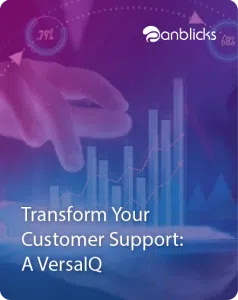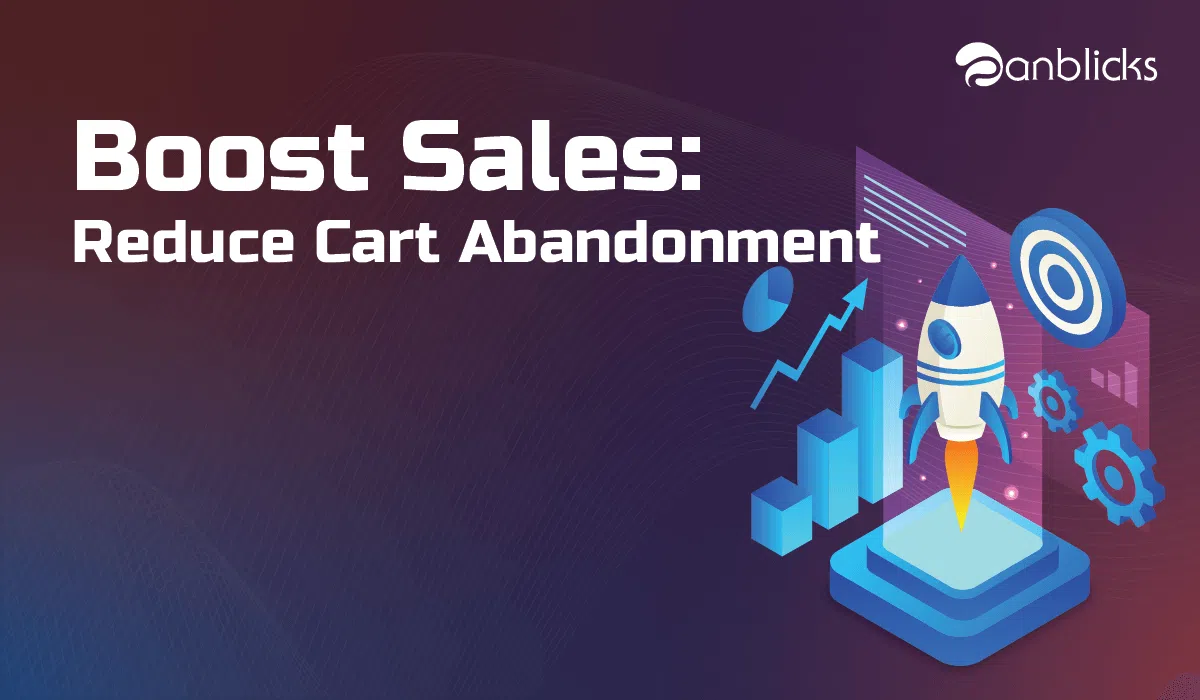TL;DR
- Analyze user behavior to identify drop-off points in the checkout process.
- 2. Implement targeted strategies like exit-intent pop-ups and streamlined forms to encourage completion.
- 3. Monitor and optimize the shopping experience regularly based on customer feedback and analytics.
Shopping cart abandonment is when shoppers visit a store and add items to their cart but leave without purchasing the products. This is a challenging aspect of running an e-commerce site online, a lot of prospective sales are lost due to this. Research indicates that about 68% of customers to an e-commerce site leave without purchasing anything. There is a huge requirement to reduce cart abandonment and thus improve the revenues.
The key reasons cited for cart abandonment in various studies finding are:
- High shipping costs
- Customers often use shopping cart for finding product price after discounts
- Did not find their preferred payment method
- Found website (or supplier) less credible
- Delivery time is unacceptable
While it may not be possible to completely avoid all cart abandonment and make every shopper purchase something, we can definitely learn from this information and implement techniques to improve the overall sales.
The first reason for cost competitiveness is a business question and shall be addressed by various factors of supply chain management, inventory planning and logistics. E-commerce has an inherent risk of comparative shopping and users evaluating shopping carts, hence, there will be deliberate shopping cart abandonment due to this.
1. Mitigating shopping cart abandonment
Cart abandonment reduction can be mitigated with two strategies 1. Preventive strategy – user experience and process improvement and 2. Improving user engagement through email.
Preventive Strategy
Providing a smooth checkout experience persuades customers to complete purchase while they are on the website. Here are a few things that can help in a smooth sales transaction.
Shipping charges: The shoppers are more likely to shop if offered free shipping. If free shipping is not possible, then shipping information must be provided as early in the checkout process as possible.
Discounts/Coupon: Making the discounts and coupons readily available and applying discounts accurately will enhance the attractiveness of a sale.
Registration process: Forced registration before purchase is the biggest turnoff for buyers. So, don’t make it compulsory and allow guest checkout. Also experiment with single page vs. multi-page checkout to see which works for you.
Security: Security is a genuine concern in online shopping and shoppers must feel safe while shopping on your site. Providing security information on your website can significantly boost conversion.
Return policy: The quality of the product received is another concern for shoppers. By providing a clear return policy, customers are assured that you will stand behind and take the product back if they are not happy with the product. Consider offering a ‘No-questions-asked’ return policy.
Allow customers to easily edit carts: People often change their mind and want to remove/change products they have added to their cart. You should make it easy for them to edit items in their cart and help avoid purchase frustration. Improving the check-out process is very critical to the success of a Sale.
In addition to these methods, there are other small changes you can make to improve the overall quality of the purchase experience. For instance, display genuine product images, show a checkout progress indicator, and add customer testimonials to relevant pages.
2. Email Marketing Automation
Another successful way to recover an abandoned cart is to run personalized email campaigns to shoppers who abandoned their carts. Capturing the behavioral activity of shoppers on your website could yield great insights. If the customer has provided their email id, relevant emails could be sent to them based on the insights gleaned from their activity on the website.
If the shopper doesn’t complete the purchase, then we can set up a series of emails to be sent out to that shopper at specific intervals. The contents of the email should be personalized based on the shopper’s activity.
- The details and images of the products they added to cart or viewed in their last visit
- Testimonials of the product from another shopper
- A discount coupon if applicable
- Reinstate your refund policy
- A clear call to action with a link to their cart page
These customized, targeted emails not just help you recover abandoned carts but also helps you build your brand by making customers feel special by letting them know you care about their product choices.

Anblicks is a Data and AI company, specializing in data modernization and transformation, that helps organizations across industries make decisions better, faster, and at scale.




